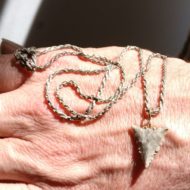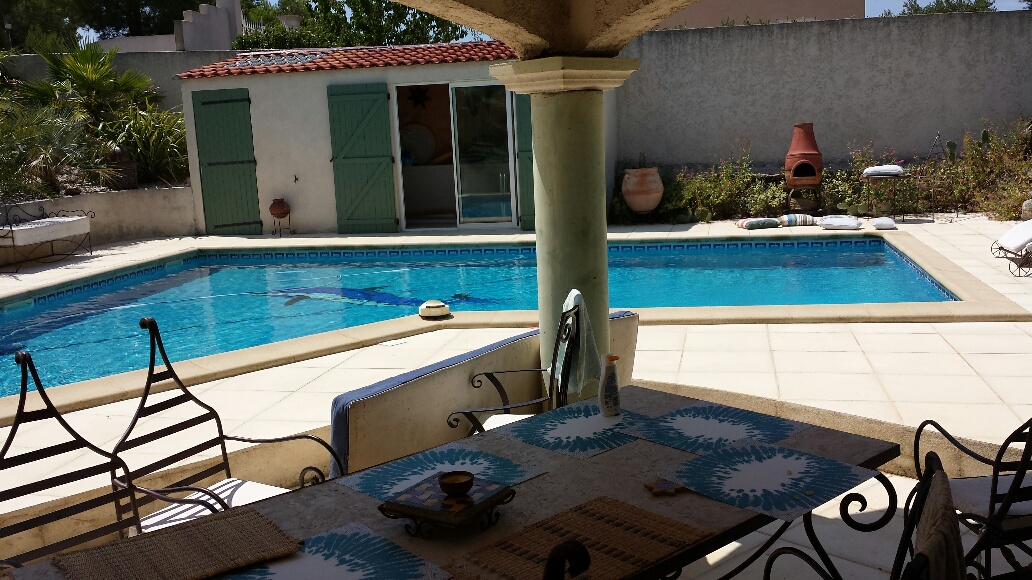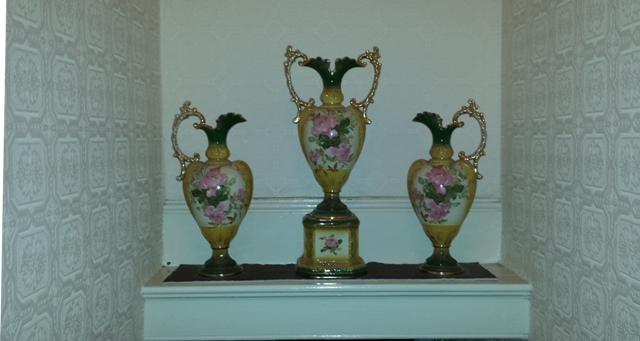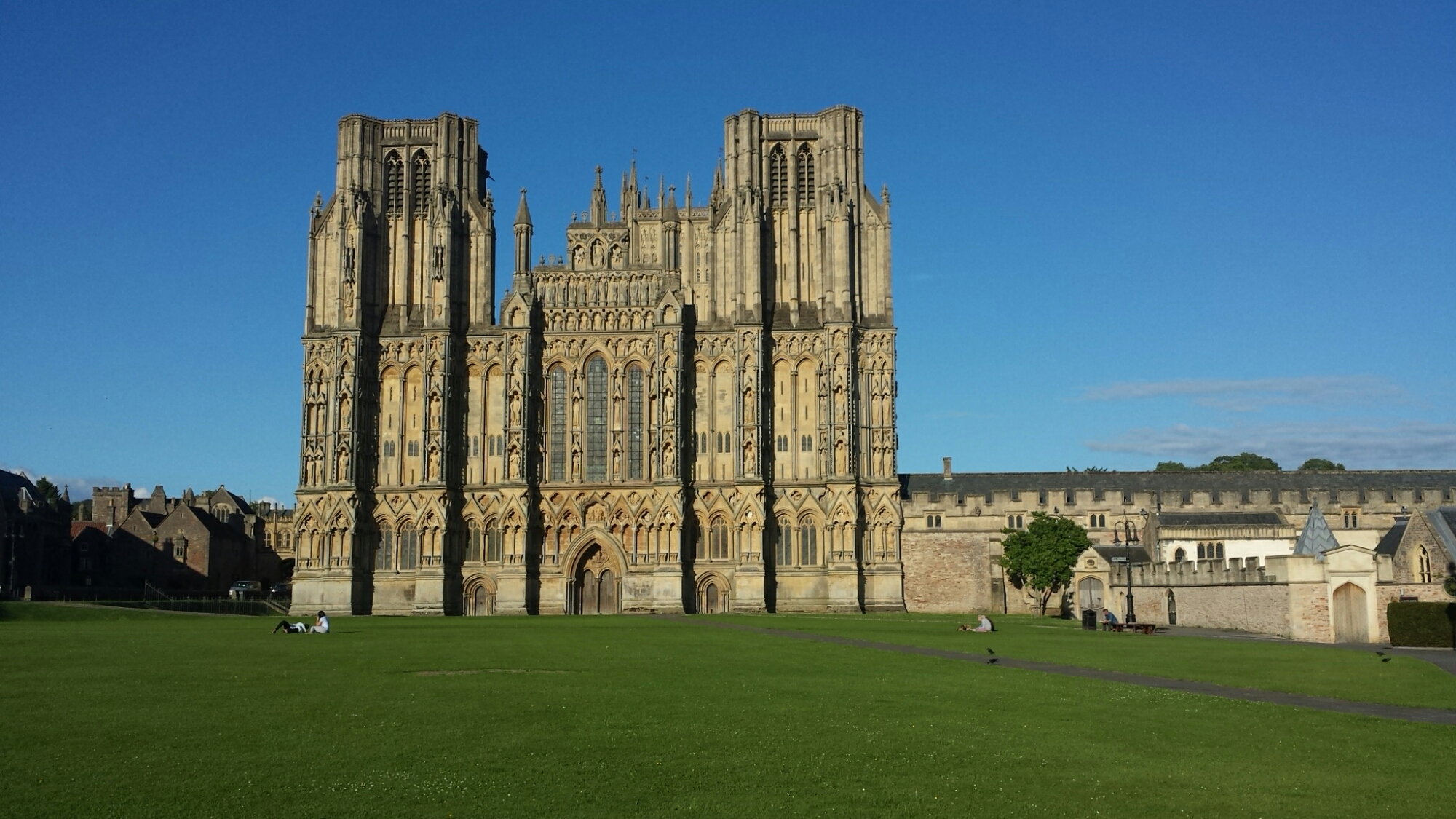The situation that is developing in the Ukraine is of course profoundly disturbing. What I am finding most disturbing however is the attitude not of Russia but of the Western powers and the European Union. The Ukraine is not a nation state like say for example France, with a very long history of struggle to establish itself, a complicated education system enforcing linguistic unity etc. It is a comparatively recent political construction and the existence of the Ukraine following the collapse of the Soviet Union does not have some sort of long term validity which needs to be protected by war.
There are so many telling events at the moment. For example refugees leaving the war zones in eastern Ukraine, well not officially yet war zones, are heading eastwards largely into Russia. Clearly that is where they feel safer. The Ukrainian government, perceived by the Western media as the “good guy” in this current situation, has insisted on resorting to military conflict in order to re-establish its control of the eastern cities which have so-called Russian separatists operating within them. At no point does any voice in the mainstream Western media raise the question of whether or not the Ukraine should be doing this? Why not allow ethnically Russian groups of people stapled on to the Ukrainian state, to secede? Why not?
Yes of course, it would be so much better, wouldn’t it, if Russia were to encourage them to do this through what we might call legal, in other words non-militaristic means. However what chance of success would that actually have? And there is something called a fait accompli, the eastern regions are in open revolt against the central Kiev government, they are being assisted by Russian soldiers, perhaps “on holiday” as Putin and others have said, perhaps encouraged by the elements of the Russian military who are involved in that region. However these groups are in open armed revolt and already thousands of people are dying and hundreds of thousands being made into refugees. Why not open the debate from the West’s perspective of allowing these areas to join either Russia or to become independent states next to Russia. Nobody raises this issue. It has become so quickly accepted that “war” might take place.
Even a mainstream newspaper like the Guardian, is finding itself carrying stories talking almost in passing about the increasing possibility of a European war. At what point did this become possible. American senators are trying to vote to increase arms aid to the Ukraine. When the Ukraine raises the issue of wanting to join NATO, instead of the West reacting by saying “you’ve got to be joking, you can’t join NATO when you’re about to launch into some sort of war with Russia”, the West and the Western media, the politicians, respond as if somehow this was a sensible reaction. Why would we want to ally ourselves immediately with a country about to instigate some sort of war with Russia?
I can see that from the perspective of the Ukrainian state what is happening in the eastern part of the country is clearly a sort of assisted invasion, not dissimilar I supposed to the sorts of political events that took place in countries in South America with the aid of American money. However the West did not think it a good idea to start a global conflict or at the very least a European conflict to protect the rights of Guatemala or Colombia. Yet it is now becoming possible that this is some way feasible in order to maintain the integrity of a state which has no particular reason to remain a state in that particular formation.
Indeed America and the Western European powers have worked together to dismantle states in the Middle East and North Africa with absolutely disastrous outcomes. But this doesn’t mean that all of a sudden it’s a good idea to fight to maintain a state on our own borders when it may be the maintenance of the state in this particular instance which brings about disaster. Imagine a situation in which the eastern part of the Ukraine was allowed to secede from the main body of the Ukrainian state. It is not difficult to imagine that this would cause suffering and possibly require the relocation of hundreds of thousands of ethnic Ukrainians frightened to live within the Russian direct sphere of influence. The Ukrainian people may not feel protected by the Russians and would it be so awful to consider accepting their relocation? Many many people were relocated following the Second World War. How many people are being forced to become refugees in Syria that moment? How many people are relocating from Africa at the moment? It is not as if this is somehow something that cannot be countenanced. Our attitude is often that it is just “natural”. Surely it is better to strategically encourage such an event rather than to risk launching into some sort of conflict with a far more dangerous and unstable outcome.
Yet the Western powers, the newspapers, all voices in the mainstream media, continue to speak as if Russia was the evil enemy. At no point do they countenance the possibility that from the Russian perspective things might actually look different? They might actually look slightly different from the other side. The only possibility that is being considered is that the Russians are straightforwardly lying about things. What is absolutely evident from the current circumstance is that we too are completely lying about what is going on.
I am not generally given to nor particularly tolerant of conspiracy theories. And I don’t think that in this particular instance I feel the term conspiracy accurately reflects what is happening. However the ease with which the Western world is considering confronting this particular set of events in the Ukraine with a possible NATO response, leaves me with no other way to understand this other than seeing the events as part of some strategy of which I am completely unaware. It seems to be a strategy whereby this war serves some purpose to somebody and as is often said, follow the money, where is the benefit and to whom.
My first thought was that it must be related to energy consumption. By considers that the West may have some long-term strategic interest in making it more difficult to access Russian supplies of gas. If it became politically possible to close down those supply routes it would make political consensus in favour of fracking in Western Europe far easier to push through the political system. It will not be an easy route to bring around large-scale extraction of gas reserves through fracking when it is possible to source cheaper gas from Russia. If that supply line were to be closed down due to setting up a new form of Cold War then it would be hard to resist.
A friend of mine suggested that fracking had an involvement in this in the sense that eastern Ukraine itself was a site of natural resources of value to the West. He told me that mining companies already had bought the rights to fracking in the eastern Ukraine and even suggested that one of the directors of one of these companies was the son of Joe Biden.
Who benefits? It leaves you nothing other than paranoid in a sense. I imagine Western Europe as some sort of sore thumb in the world order. This old small peninsula packed full of self righteous nations with long histories who have sown so much disorder into the wider world. Maybe the superpowers of Russia, the United States and China might find things easier if Western Europe was simply crushed. Maybe some sort of long-term plan to reduce the political independence of Western European countries through encouraging Russia to become more aggressive and silence the annoying voices of these multiple children. Babbling voices.
I know very little but I have a profound sense of knowing practically nothing. I talked about this with my friend Ben Graves. We discussed what sort of mechanisms might actually lead to events like this. How old do conversations in corridors of power or discussions in restaurants lead to the silence from the mainstream media. It is almost as if some sort of fatwa has been pronounced and everybody is going along with it. Nobody wants to break ranks and say “hold on, this is ridiculous, you can’t do that”. What might bring about such a fatwa? Is this something related to the automatically regulated citizen? That’s nobody even thinks to say these things? Is it that the liberal left still hope that the world really is not in the control of huge corporations? That people really believe in the potential of democracy to produce anything other than ruling and self reproducing elites? It is a profoundly depressing set of events taking place. Rather like suddenly realising that there is abuse taking place in your neighbour’s house. Despite appearing charming when you talk to them at the front door.



